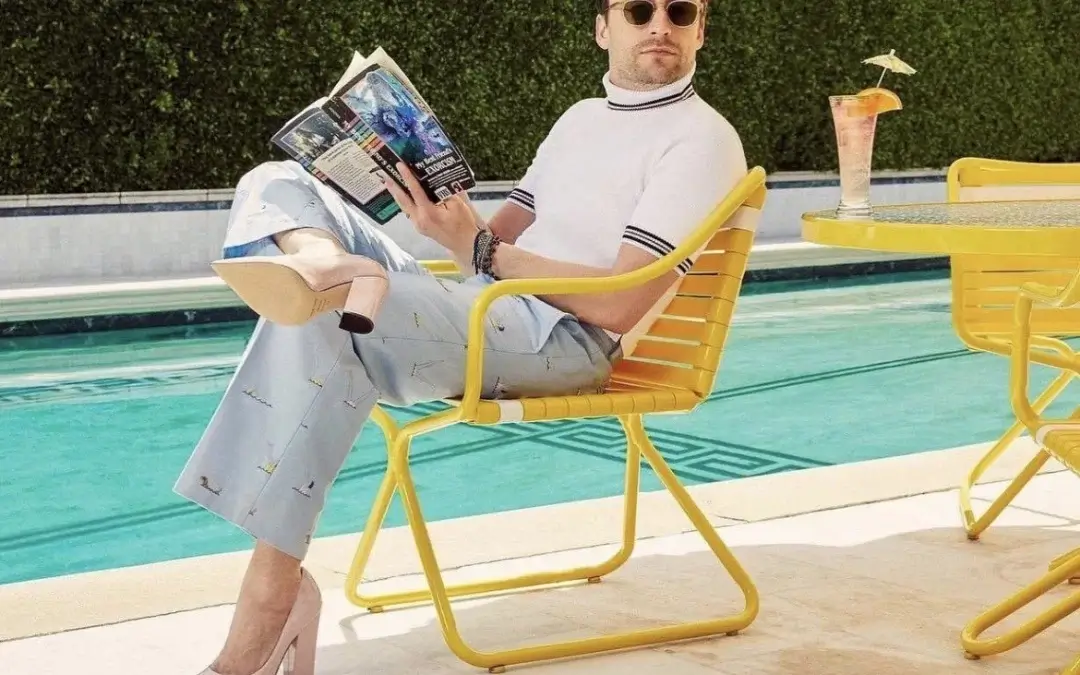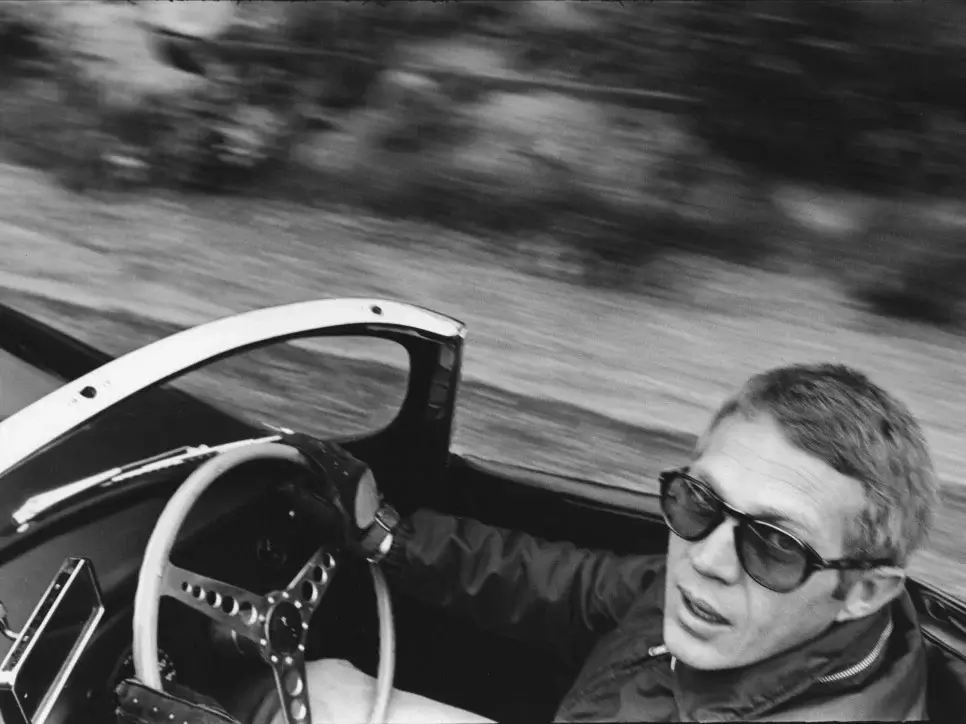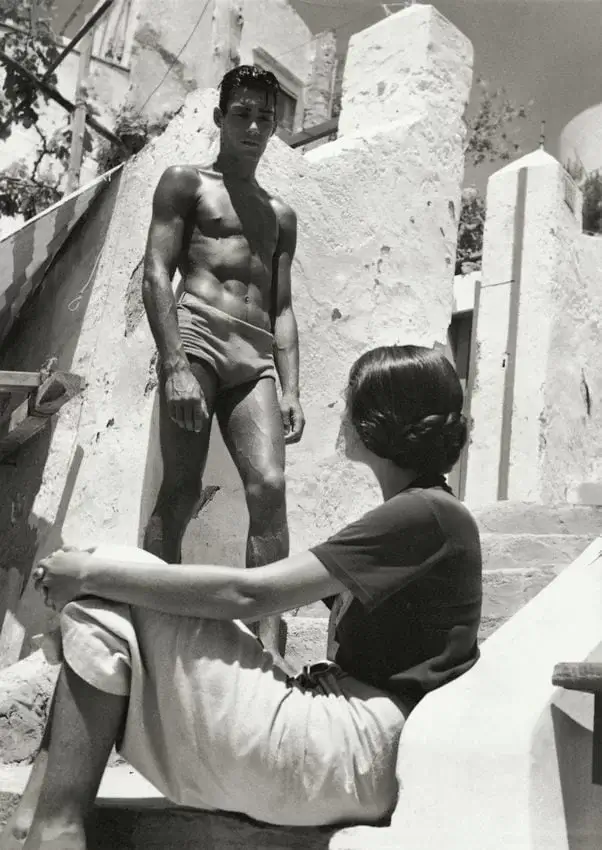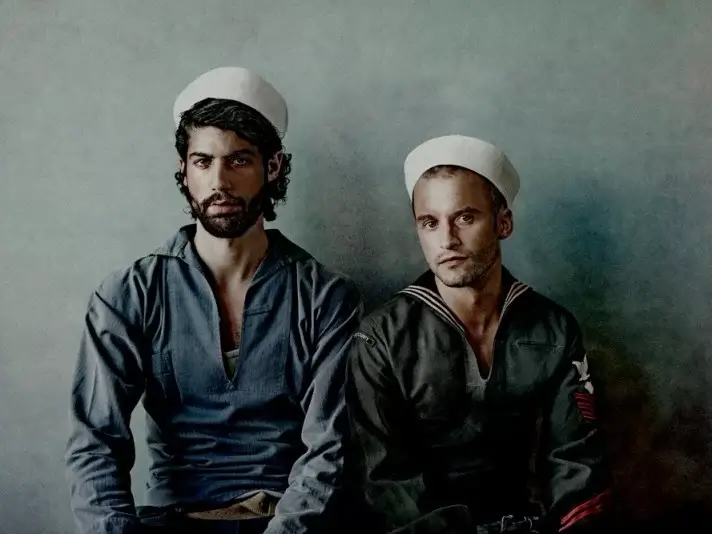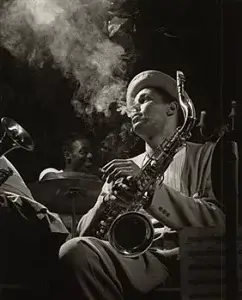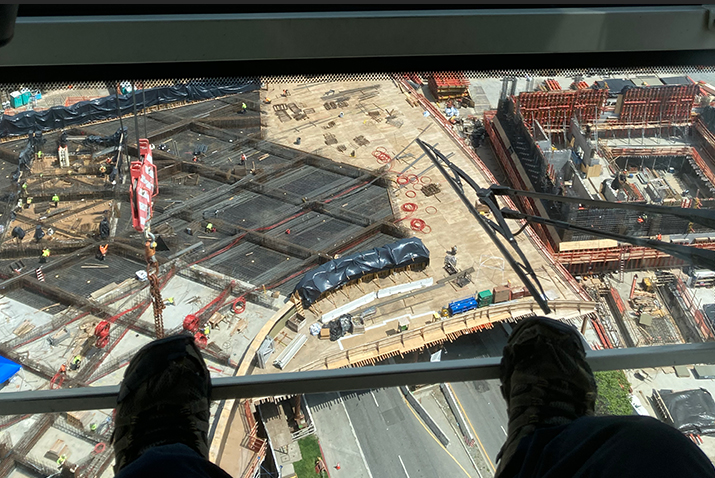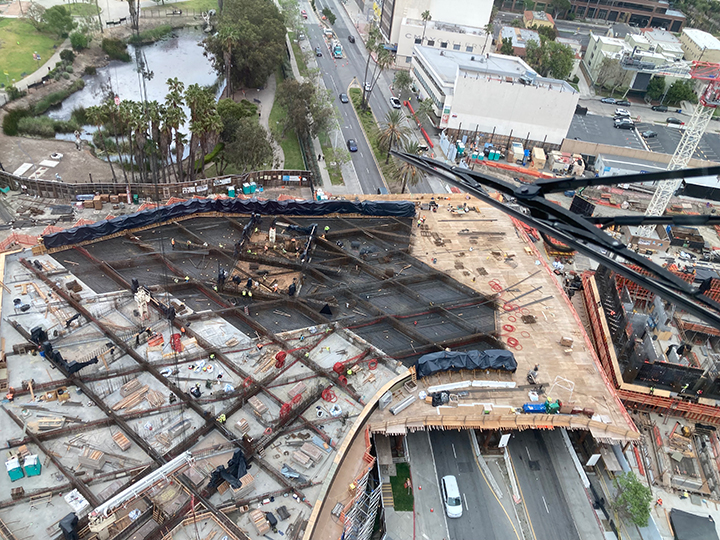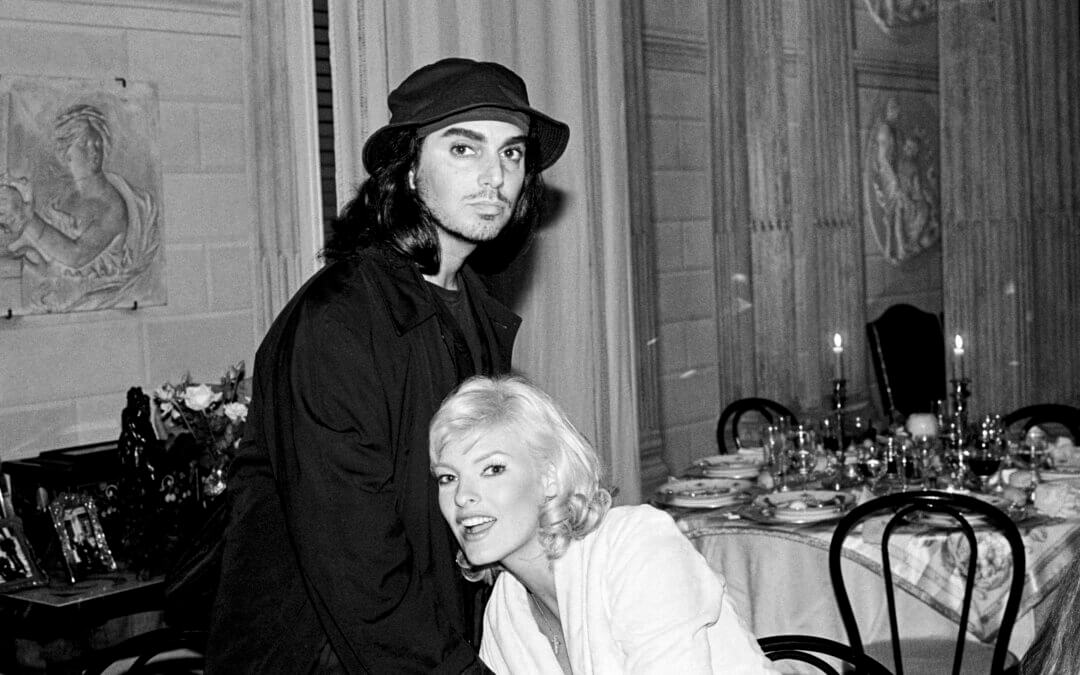
Arthur Elgort: Reverie
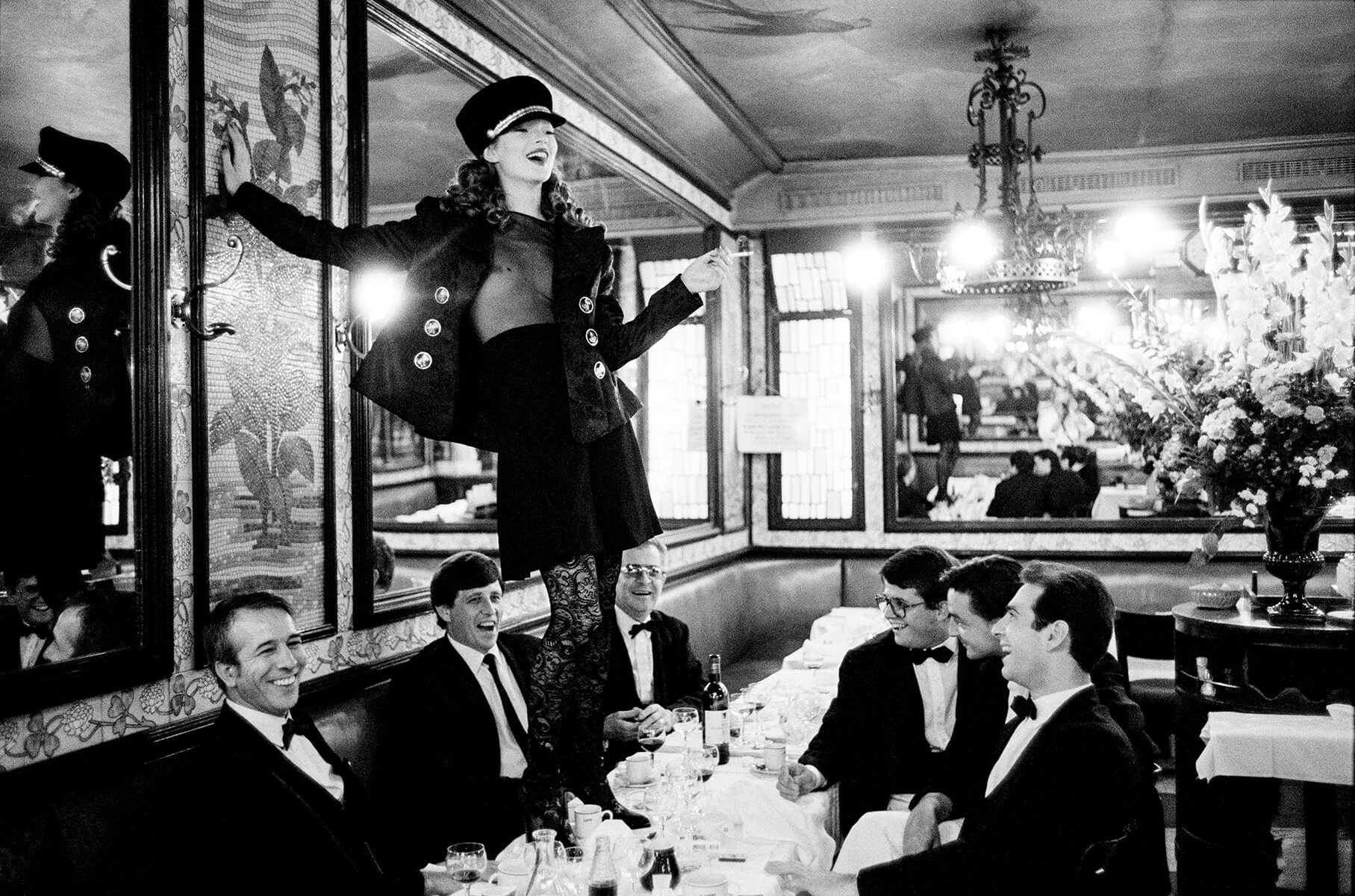
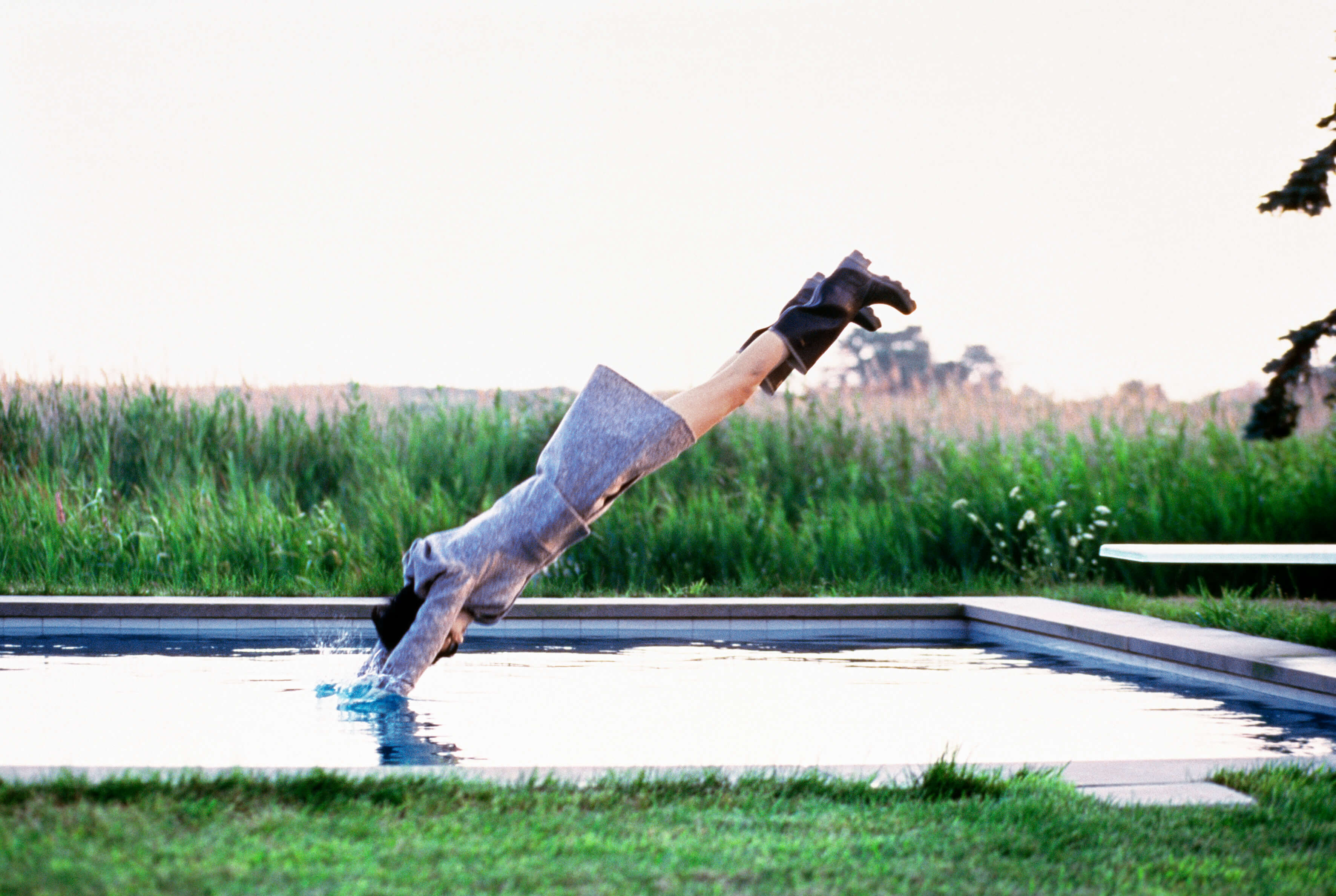
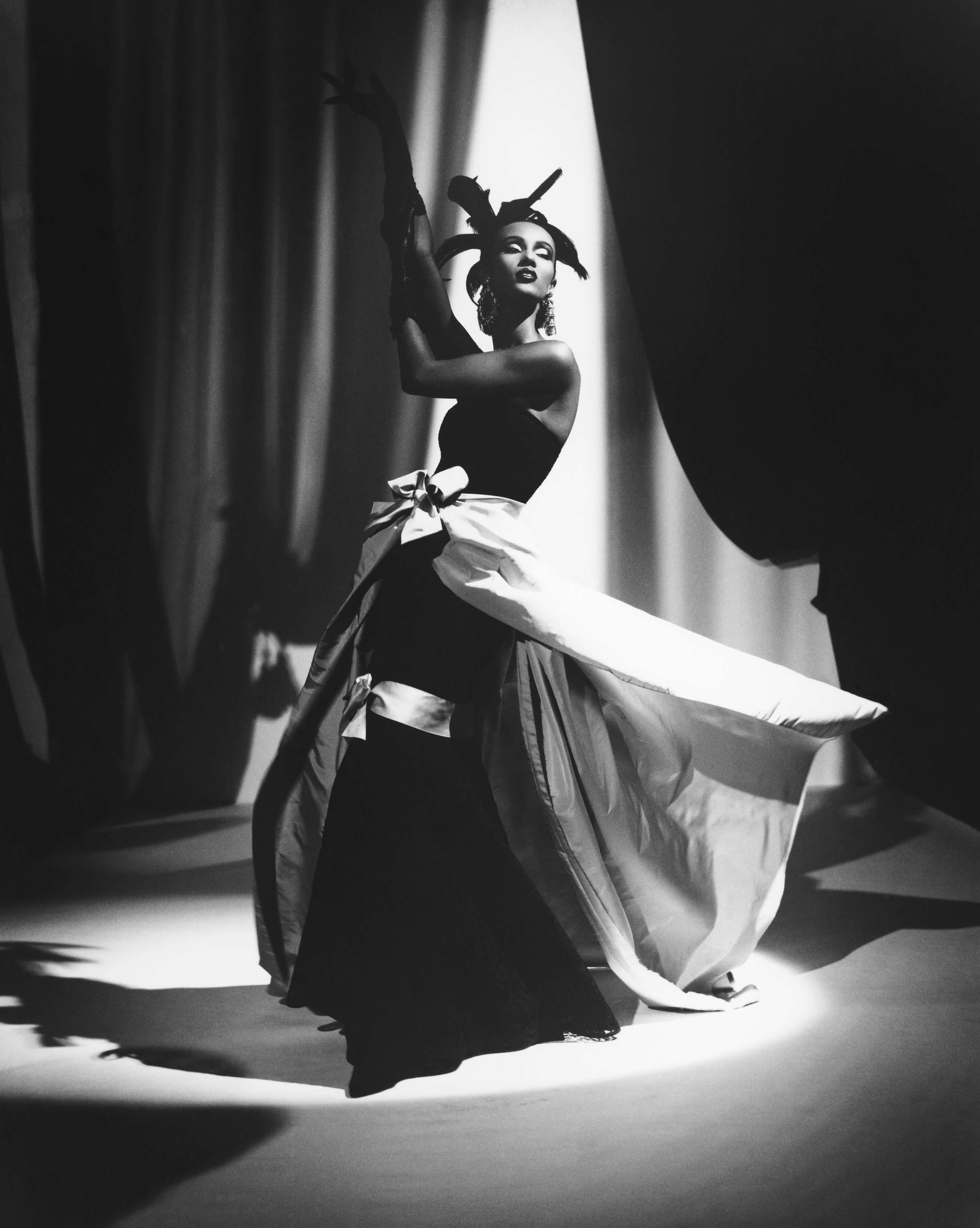
The Fahey/Klein Gallery is honored to present Reverie, photographs by Arthur Elgort. To celebrate his
long career, this exhibition showcases Elgort’s spontaneous energy through expertly crafted
photographs that have the unforced look of a personal snapshot.
Born in New York City in 1940, Elgort discovered his passion for photography after initially studying
painting at Hunter College. Finding the solitary nature of painting unfulfilling, he turned to photography
and soon found his calling. His early work capturing ballet dancers in motion laid the foundation for his
signature aesthetic: natural, unposed, and full of life. In 1971, his breakthrough came when British
Vogue published one of his images, launching a career that would redefine the industry.
At a time when fashion photography was dominated by rigid, studio-bound compositions, Elgort
introduced a fresh, relaxed perspective. He encouraged models to move freely, embraced natural light,
and brought his subjects into real-world settings—whether bustling city streets, sunlit gardens, or
windswept beaches. His work captured fashion as it was meant to be worn: in motion, alive, and
exuding energy.
“Taking pictures is what I love and I like my subjects to be varied, a little bit of everything – fashion, jazz,
ballet, my kids, landscapes, and even ‘street’ photography. I never want my work to be stuck in one
category. Fashion might be what sells, but a girl on a subway could be fashion, a jazz musician in a club
could be fashion, and a ballerina at the barre could be too. I’ve always like to integrate all of my interests
into my photos and I think that’s reflected in this exhibit of nearly 50 years of my work.”
– Arthur Elgort
Over the past five decades, Arthur Elgort has not only become one of the most celebrated and imitated
photographers in the world, but he has also redefined what fashion photography could be. From his
iconic Vogue covers to his influential luxury-brand campaigns, his images remain as fresh and relevant
today as ever. Reverie offers a rare opportunity to experience the breadth of his vision—a legacy that
continues to inspire and shape the future of photography.
Arthur Elgort:
Reverie
March 6 through May 3, 2025
Exhibition Reception: Thursday, March 6th
Fahey/Klein Gallery 148 N. La Brea Avenue Los Angeles CA 90036
Tel: 323-934-2250
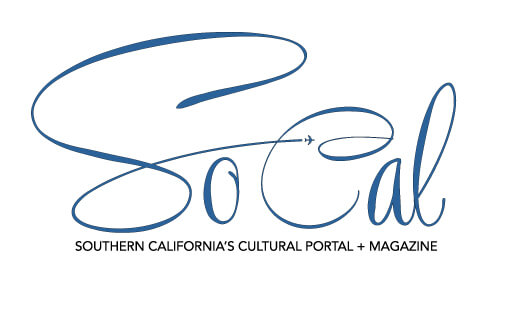
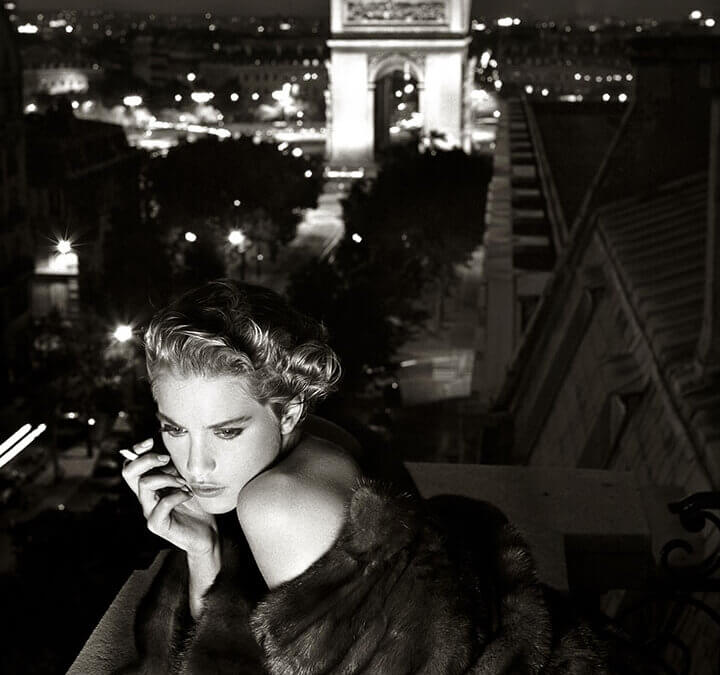
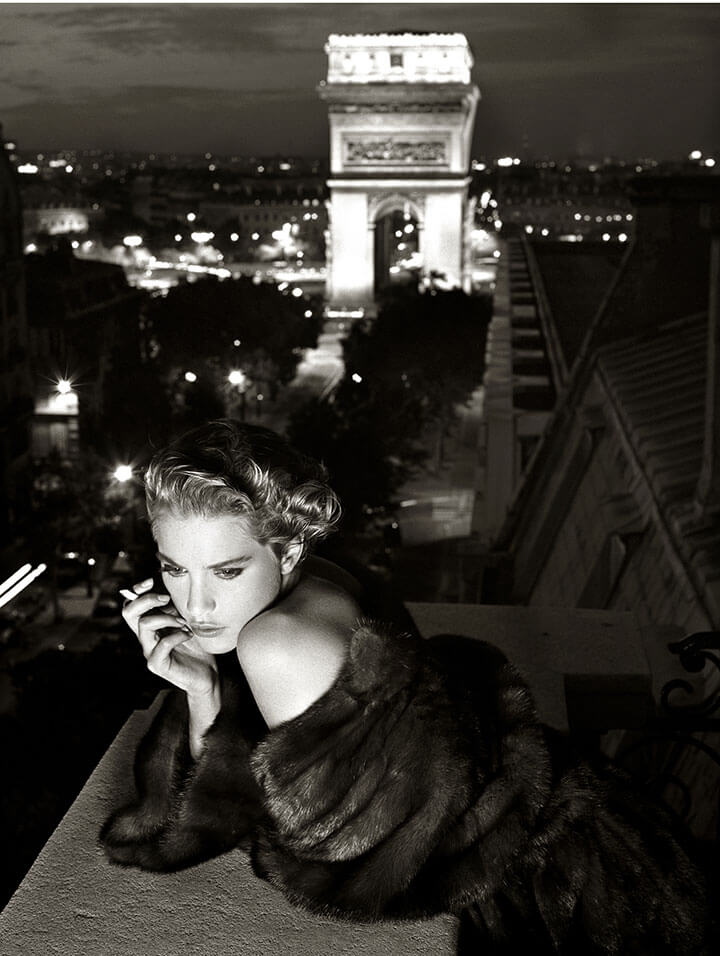
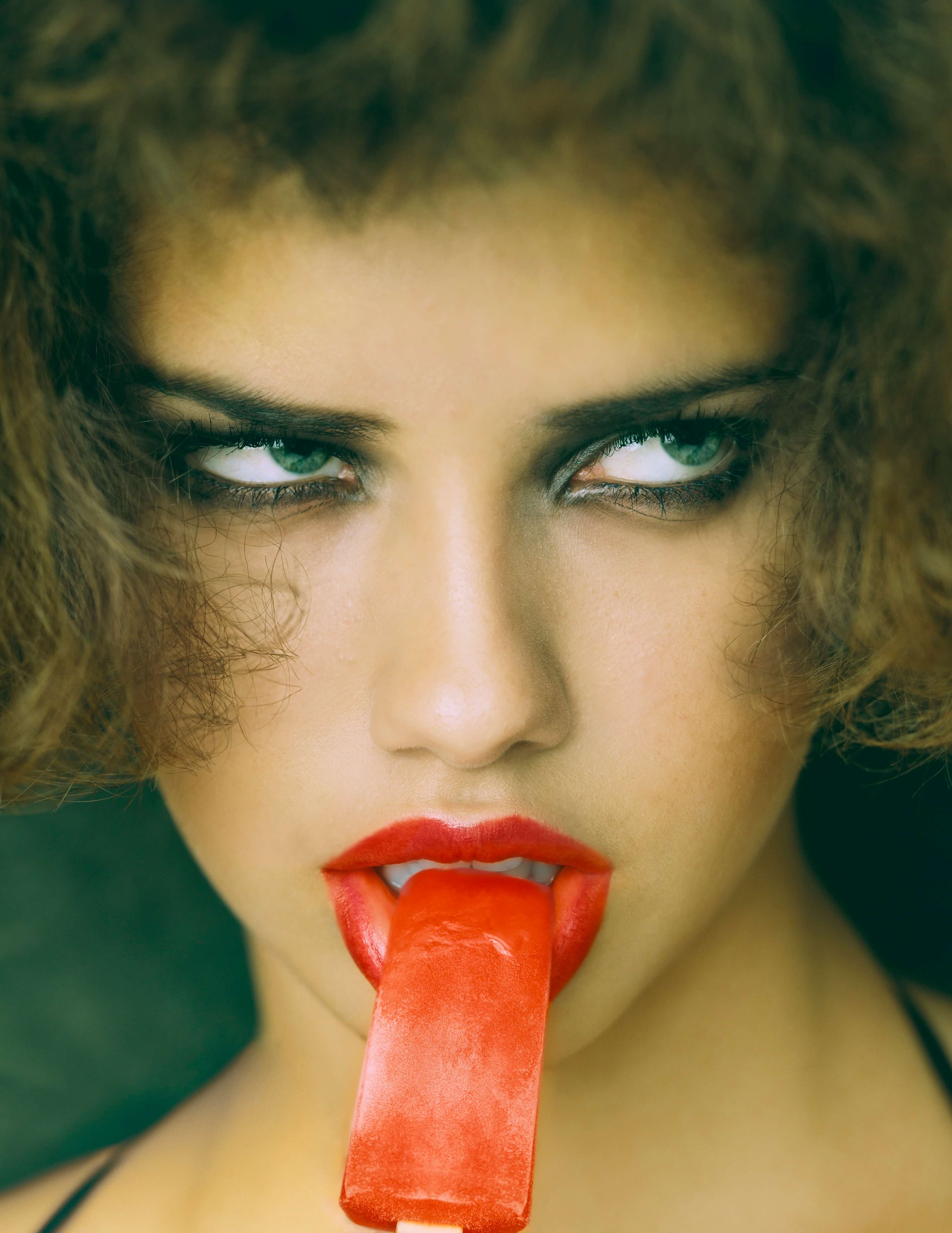
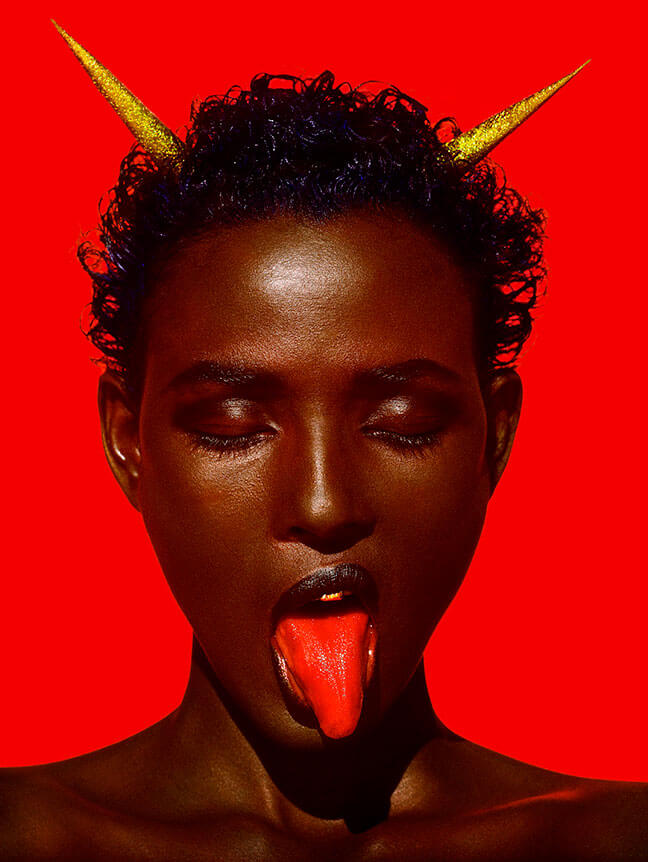
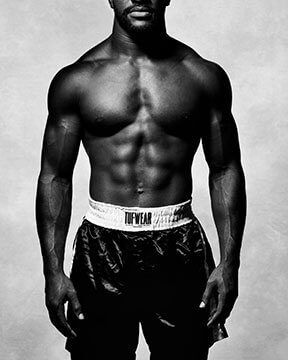
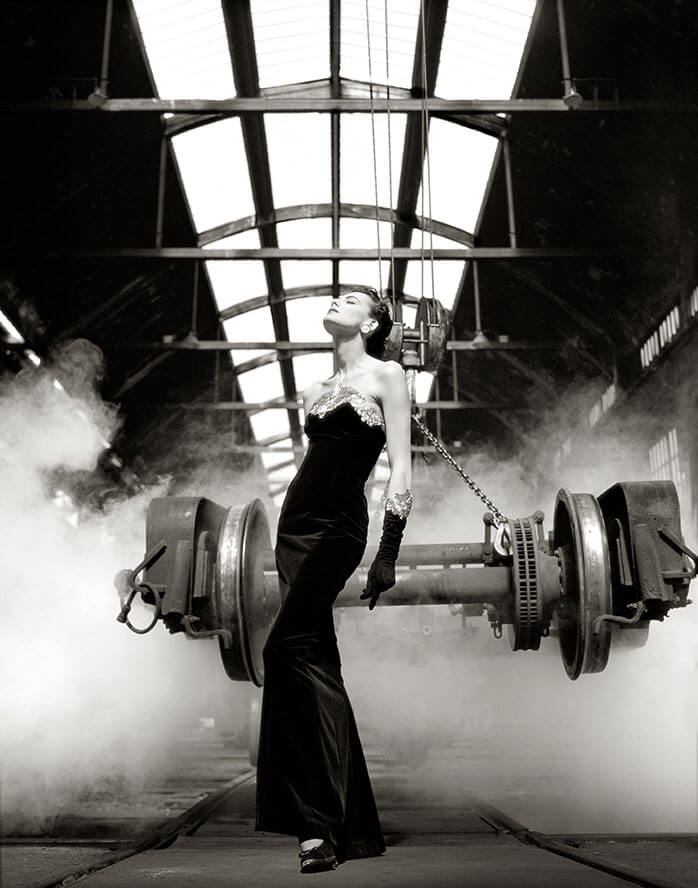
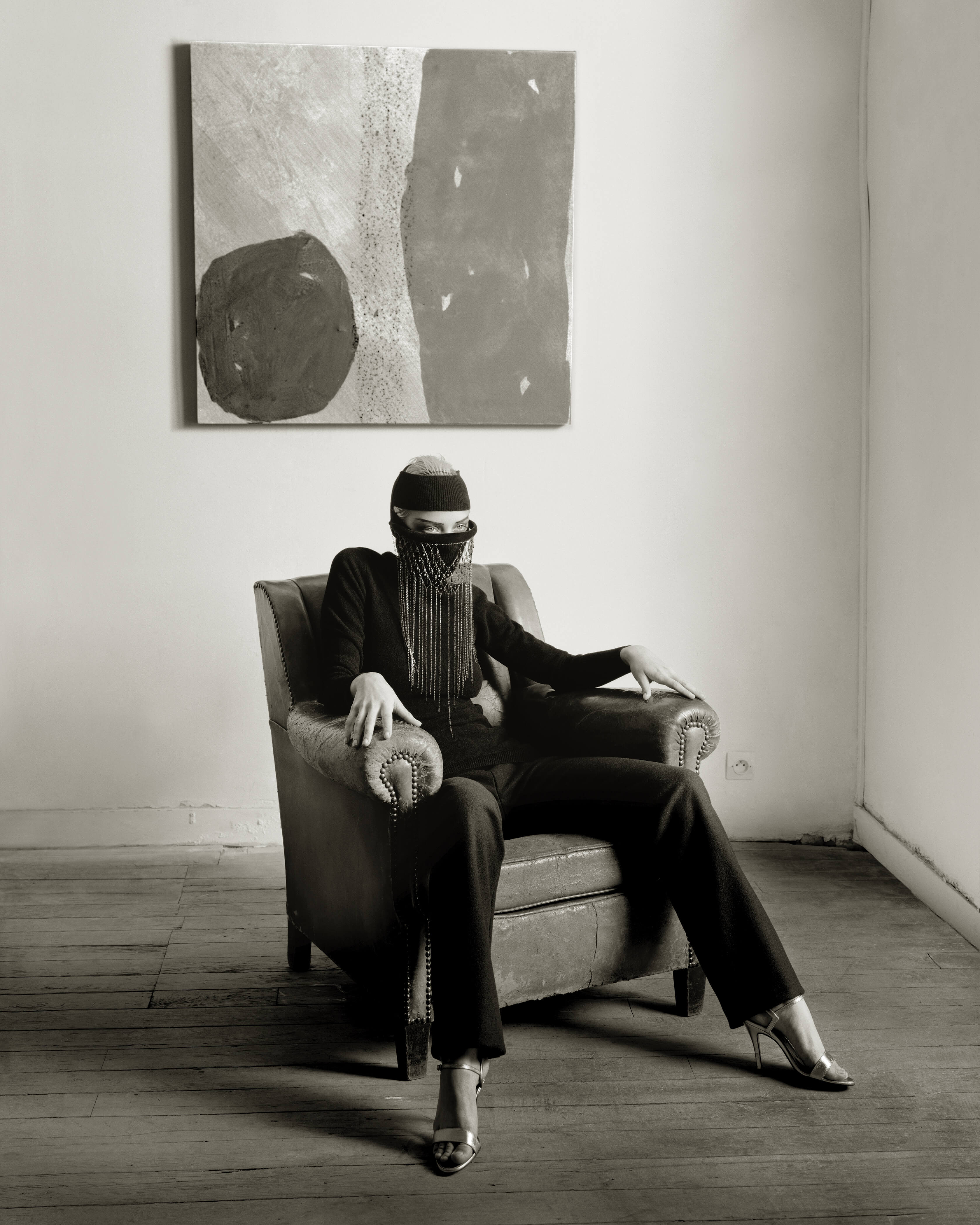
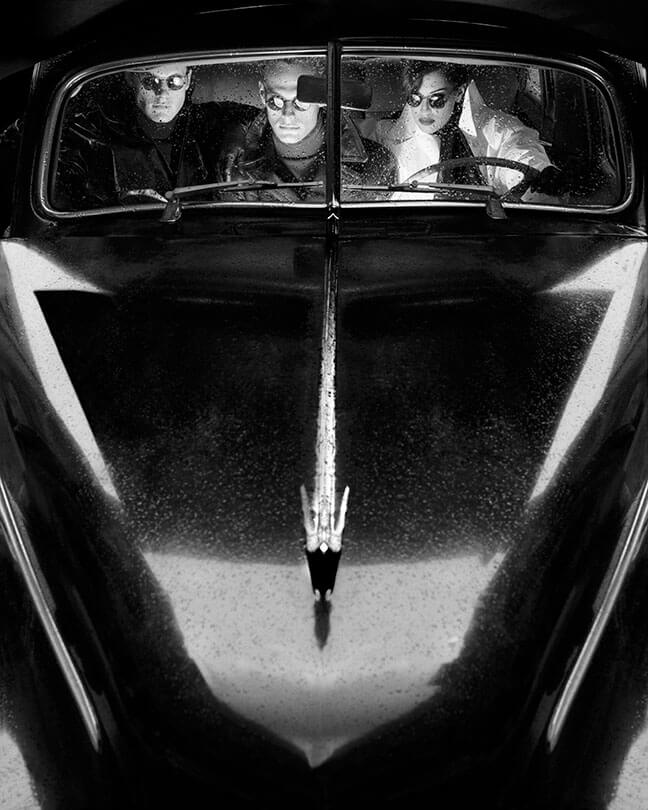
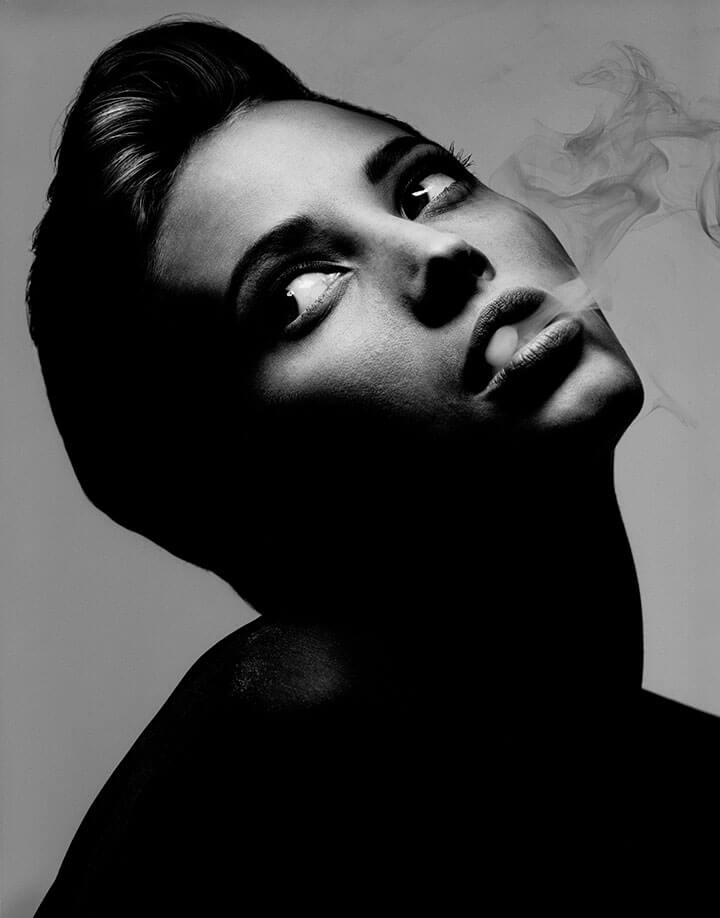
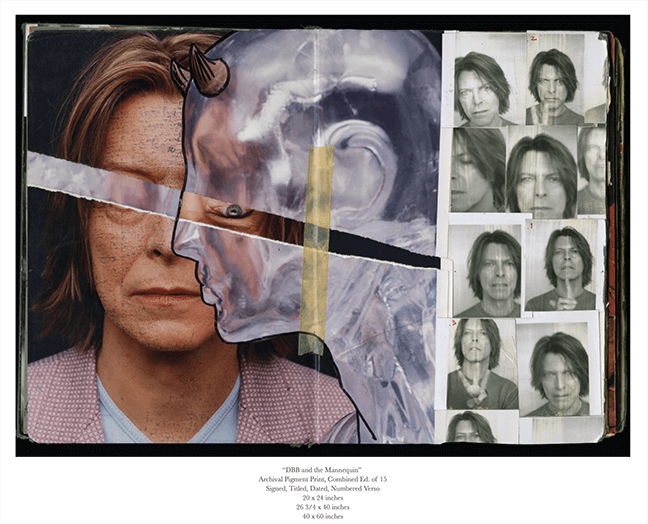
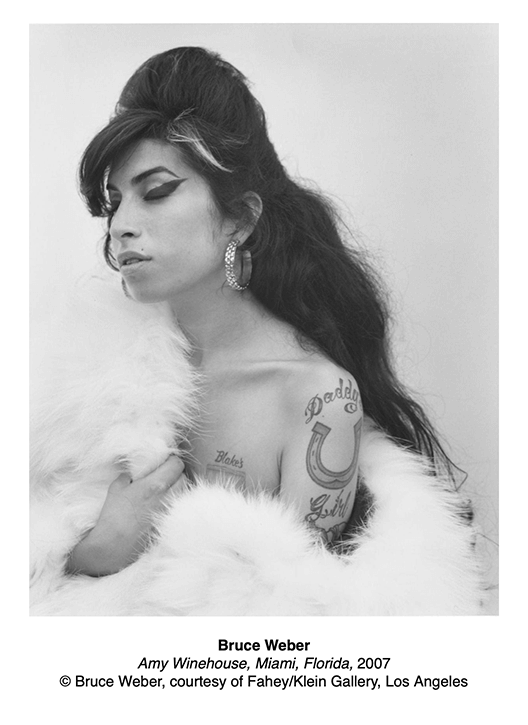 The Fahey/Klein Gallery is pleased to present Face the Music: The Legacy of Music Photography. The exhibition celebrates the enduring legacy of music legends who transcended the boundaries of entertainment to become cultural icons. The curation brings together iconic photographers and musicians, from the forties to today, showcasing how their collaborative artistry captured and shaped the cultural zeitgeist of their respective eras. These artists not only created memorable music but also challenged societal norms, sparked significant movements, and mirrored the changes within society visible in the emblematic photographs on display.
The Fahey/Klein Gallery is pleased to present Face the Music: The Legacy of Music Photography. The exhibition celebrates the enduring legacy of music legends who transcended the boundaries of entertainment to become cultural icons. The curation brings together iconic photographers and musicians, from the forties to today, showcasing how their collaborative artistry captured and shaped the cultural zeitgeist of their respective eras. These artists not only created memorable music but also challenged societal norms, sparked significant movements, and mirrored the changes within society visible in the emblematic photographs on display.
